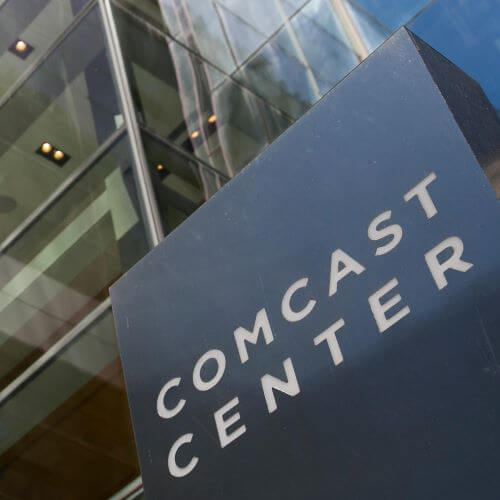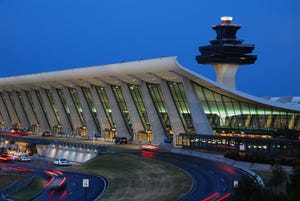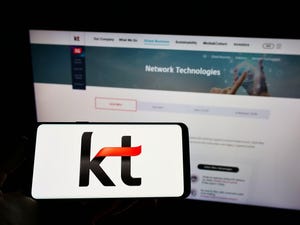Comcast builds 'unified optical architecture' for business services
Years in the making, Comcast's unified optical architecture combines the access and metro networks under a standardized, vendor-agnostic approach for hardware, configurations, procurement and processes.

CABLE NEXT-GEN BUSINESS SERVICES DIGITAL SYMPOSIUM – The cable industry's foray into commercial services started with small businesses that could be served off widely deployed, but largely localized DOCSIS networks. Since then, the industry has made technical and operational leaps to help cable ops go up-market and serve mid-range and even enterprise-level customers.
Comcast Business now serves the gamut and, as of Q3 2022, touts an annual revenue run rate of about $9.72 billion. An important piece of the unit's broader strategy revolves around a "unified optical architecture" initiative that enables the operator to serve a broad range of customer types, including those requiring that services are delivered to multiple locations in multiple markets.
"We needed a way to provide commercial services to customers that were located in the access [network], but needed to reach the metro network to get to one of our routers for Internet access or possibly another segment of the access to connect their locations together," Stephen Ruppa, senior principal engineer, optical architecture for Comcast's TPX (technology, product and experience) unit, said this week during a keynote presentation at Light Reading's 16th-annual event on the topic of cable business services.
Figure 1:  (Source: Comcast)
(Source: Comcast)
Years in the making, Comcast's unified optical architecture set out to create a standardized, vendor-agnostic way to connect those dots, Ruppa explained. "We needed all of the devices of the same role to be configured the same and all of the designs to follow the same standards – regardless of vendor," he added.
To achieve it, Comcast's unified optical architecture combines the access and metro optical networks using a set of items: network terminating equipment (NTE), a Wave Integration Shelf (WIS) and OTN (optical network transport) "tails."
The NTE is a small, optical shelf that today supports 10-Gig and 100-Gig up to a 400-Gig wavelength, and can reside at a single customer site or a data center. The WIS resides in the Comcast headend or hub, co-located with the metro optical line system, and serves as the demarcation point for commercial services. The OTN Tails is the key to connecting the access network to the metro network.
'Sameness' across hardware, configurations and processes a key attribute
That combining/meshing of the access and metro networks, Ruppa said, enables features such as remote management, performance monitoring data, alarming and a full "end-to-end circuit view," including the customer sites themselves.
One key benefit of the architecture "boils down to sameness," Ruppa explained. "We use the same hardware, standards, configurations, designs, procurement, processes ... in all the networks, regardless of the vendor."
And while there was once little need to connect two non-Comcast sites that resided in different areas or to provide connections greater than 10 Gbit/s, customer demands have changed. Ruppa said two products drove that demand and the desire to create the company's unified optical architecture: wavelength services and high-bandwidth Ethernet.
A modular, simplified, commoditized and easily repeatable architecture enables Comcast Business to "easily offer the next gen of 400-Gig wavelengths and Ethernet services with a very light lift," he added.
As for why Comcast did not take this approach from the start, Ruppa explained that the company was working from a "brownfield state" that relied on a range of architectures.
"If this was all greenfield with no existing network to support, it would be a way higher lift," he said, noting that optical technologies have evolved past terabit levels over the last decade. "Simply keeping up with all of that has required the full attention of our teams. But we had to commit to a dedicated effort beyond keeping the lights on."
Related posts:
— Jeff Baumgartner, Senior Editor, Light Reading
About the Author(s)
You May Also Like












